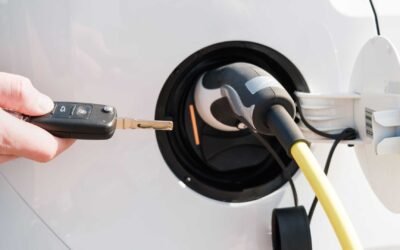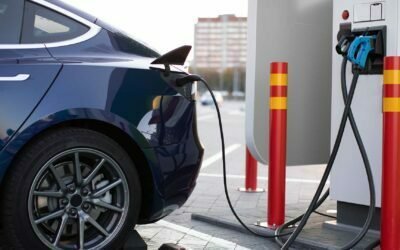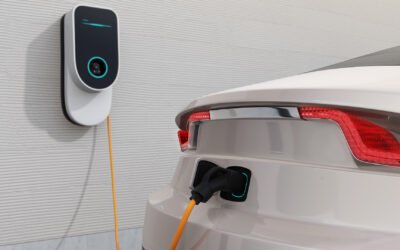Evolution of V2G: CPOs-Automotive OEMs-Utilities at the center of transition
About the Whitepaper
V2G technology, despite being in its early stage, is expected to alter not only the electric vehicle (EV) market, but the entire electricity market as well. So far, one of the biggest hurdles to V2G adoption has been a lack of V2G standard. However, with CharIN promising a new standard in 2025 and Automotive OEMs joining NACS (North America Charging Standard) in the USA, the landscape of V2G is going to drastically change very soon.
In this whitepaper, we take a deeper look at the possible use-cases leading to new revenue streams from V2G, key stakeholders (Automotive OEMs, Utilities, CPOs) trying to get a share of that revenue, and several simulated scenarios where one of them potentially leads the V2G space and can capture majority of this opportunity. The sections of the whitepaper include:
Overview of V2G Technology Today
- Growth of DC EV Chargers Globally
- Emergence of V2G as a Technology
- Regulations Enabling V2G Integration
Use-Cases of V2G and Their Importance
- Renewable Curtailment Reduction
- Capacity Firming
- Frequency Regulation
- Congestion Management
Key Stakeholders in the V2G Space
- CPOs/MSPs
- Utilities
- Automotive OEMs
Simulation Scenarios – Looking Ahead
- CPOs manage V2G as the sole aggregator
- Automotive OEMs control user’s V2G experience as an aggregator
- Utilities acting as a sole aggregator controling the V2G evolution
Related Articles
A Rush for Residential Charging as EVs Go Mainstream
Capturing 90% of the Americas market, the U.S. ranks 2nd globally with 300,000 charging points installed in 2021. The government intends to add 500,000 public chargers by 2030, and other public-private partnerships will also result in significant market expansion. In...
The EV Charging Revolution in India
The unavailability of adequate charging infrastructure had been the key impediment for the accelerated adoption of electric vehicles in India. In this regard, the Ministry of Power issued, "Charging Infrastructure for Electric Vehicles—Guidelines and Standards,"...
EV Charging Infrastructure Funding: Overcoming Barriers to Widespread Adoption
• One of the main supporting technologies required to support the wide-scale adoption of electric vehicles is the EV charging infrastructure.• The European Green Deal and Biden’s Bipartisan infrastructure Bill are just some examples of the fundings that we saw made a...
Related Articles
Investment in Fast Charging on the Rise in Key Countries
In advanced economies EV charging infrastructure is being built at a remarkable pace. The biggest market for DC chargers globally in terms of units will be workplace charging followed by destination and En-route charging. In 2020 only, around 1 million DC fast...
Efforts to Increase Residential EV Charging Infrastructure in Europe: Challenges and Policy Interventions
There has been a massive focus on improving the EV charging infrastructure in European countries, but charging infrastructure still has not increased at the required rate up till now. The residential charging infrastructure is likely to grow in the UK with the ease in...
Japan’s EV charging infrastructure
Japan’s EV charging infrastructure may have stymied in the past year due to lack incentives by the government and aging infrastructure, but the country is projected to increase the number of EV charging stations nationwide to 150,000 by 2030.[ba_advanced_divider...
The Price of Electrification – Analyzing Global Fuel Costs and EV Adoption
• The global market is observing an inflationary trend which is a direct consequence of spike in energy costs and disruptions in the supply chain. • The initial investment in BEVs is almost 3 times more than what is required to acquire an ICE vehicle. • Battery...







